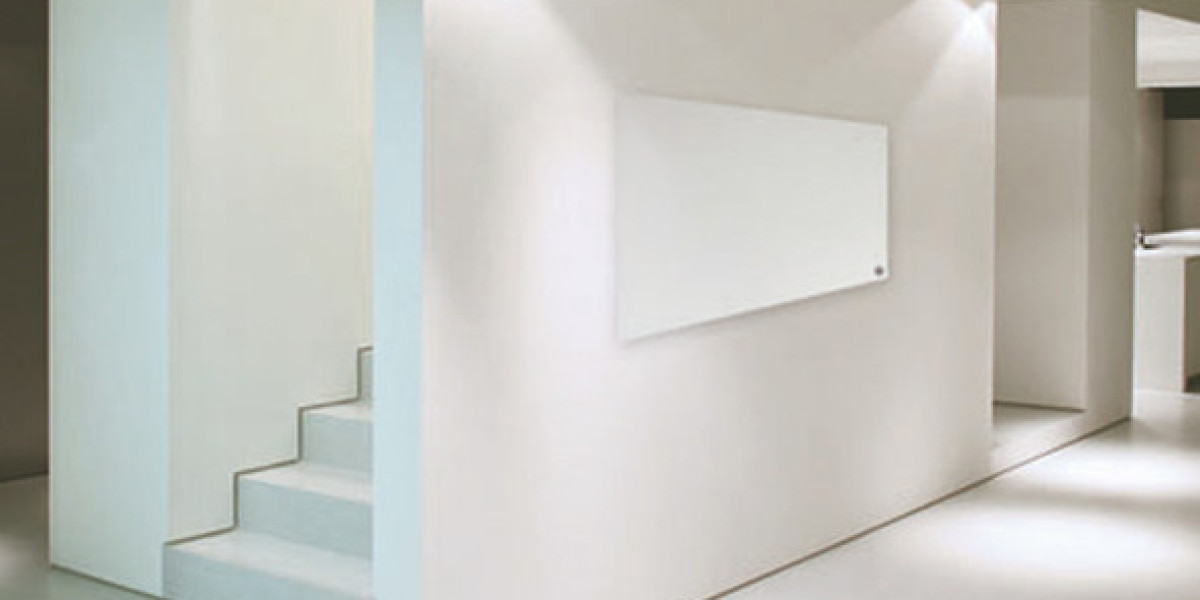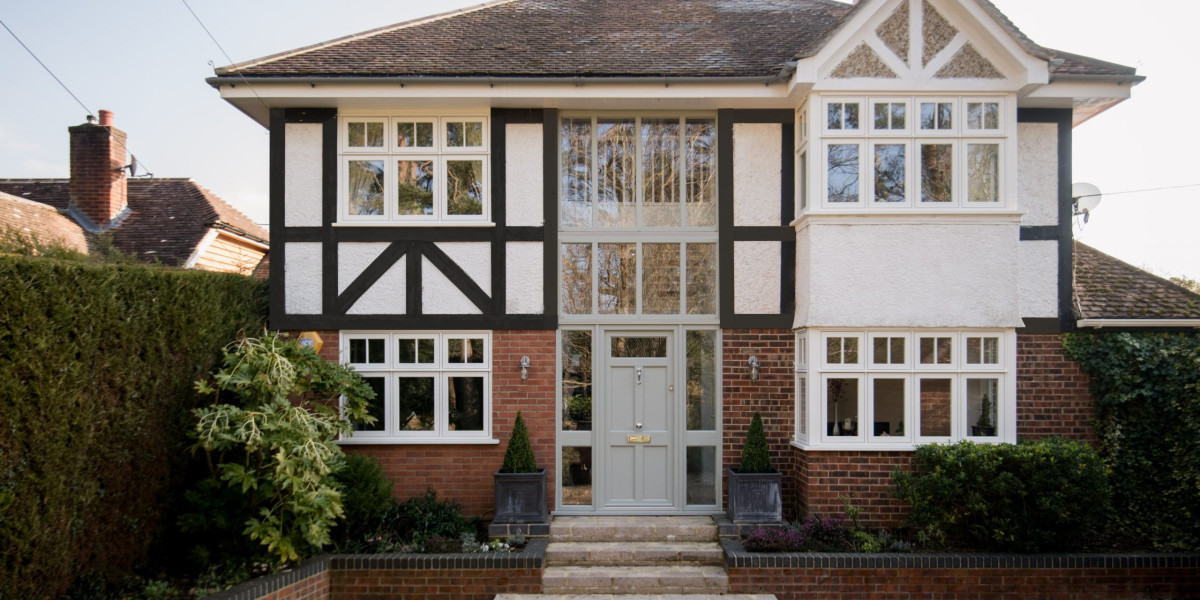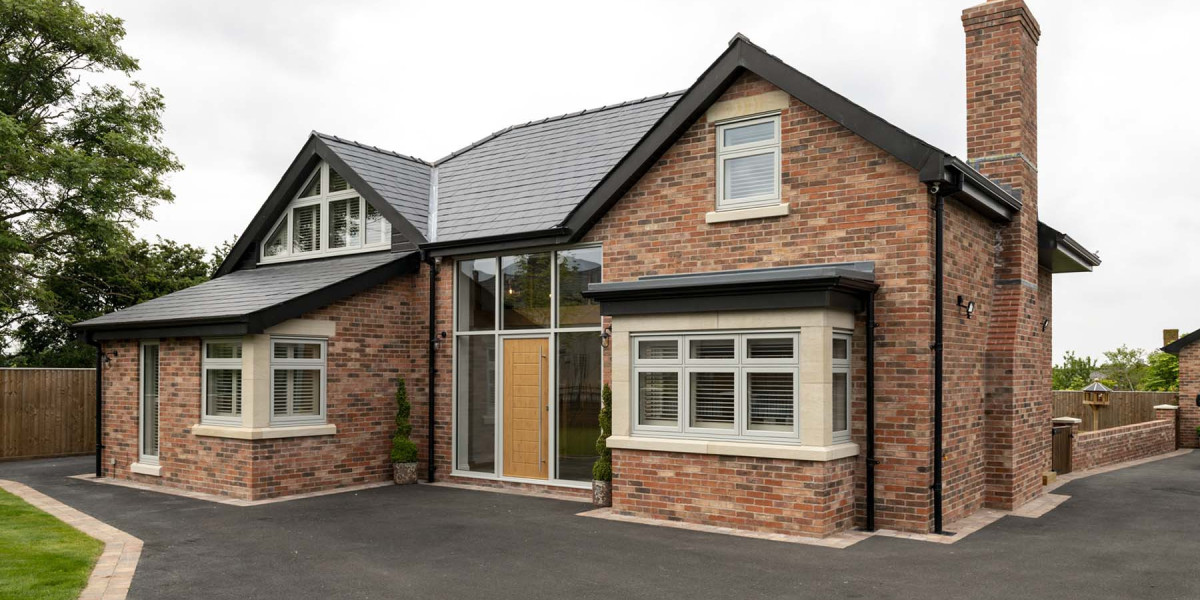In modern building systems, the Heat Recovery Unit plays a critical role in reducing energy waste while improving indoor air quality. These units are designed to recover heat from exhausted air and transfer it to fresh incoming air, creating a balanced and energy-efficient ventilation system. Typically used in both residential and commercial settings, they have become an integral part of energy-efficient building design. By operating on the principle of heat exchange, they allow fresh air to enter a building without losing the warmth or coolness of the indoor environment, depending on the season. The technology behind Heat Recovery Units ensures the separation of airflows, preventing cross-contamination and preserving a healthy indoor climate. With advancements in design, these systems now offer enhanced energy efficiency and compatibility with various heating and ventilation setups. Additionally, they help buildings adhere to stricter environmental and energy standards, making them an increasingly popular choice for sustainable construction projects.
Types of Heat Recovery Ventilation Unit
Heat Recovery Ventilation Units are available in a variety of designs to suit different applications and requirements. Below is an overview of the main types:
Plate Heat Exchangers: These units consist of thin plates that facilitate heat transfer between the incoming and outgoing air streams. They are efficient and have no moving parts, making them reliable and low-maintenance. However, they are best for environments where humidity control is not essential.
Rotary Heat Exchangers: Utilising a rotating wheel, these systems are adept at transferring both heat and moisture. They are particularly useful in maintaining balanced indoor humidity levels, especially in colder climates.
Run-around Coil Systems for Complex Applications
This system employs a liquid-filled coil that connects two separate air streams, enabling heat transfer in buildings where direct air exchange is impractical. Although slightly less efficient than other types, they offer versatility and adaptability for challenging layouts.
Thermal Wheel Systems: These highly efficient units use a rotating wheel to maximise heat recovery while minimising energy loss, particularly in large-scale installations.
How Heat Recovery Ventilation System Work
A Heat Recovery Ventilation System operates by efficiently exchanging heat between the outgoing stale air and the incoming fresh air while ensuring the two air streams do not mix. This process begins with the extraction of warm, stale air from indoor spaces through ductwork. Simultaneously, fresh air is drawn in from outside, typically filtered to remove pollutants and allergens.
Inside the system, the air streams pass through a heat exchanger, a critical component where the heat transfer occurs. The warm air from indoors transfers its heat to the cooler incoming air without mixing the two streams, maintaining a clean and healthy airflow.
Fans within the system ensure continuous and controlled airflow, moving air in and out of the building effectively. Many units are equipped with advanced sensors and controls, allowing users to adjust airflows and temperatures to meet specific needs.
The process ensures a consistent supply of fresh, pre-heated or pre-cooled air while minimising energy losses, enhancing overall efficiency.
Benefits of Implementing Heat Recovery and Ventilation System
Installing a Heat Recovery and Ventilation System delivers numerous practical and environmental benefits, making it an invaluable addition to modern buildings. One major advantage is the improvement of thermal comfort within indoor spaces. These systems help maintain a consistent indoor temperature by recovering heat during winter and pre-cooling air in summer, reducing reliance on heating and cooling equipment.
Additionally, they contribute to improved air quality by removing stale, polluted air and replacing it with fresh, filtered air, which is particularly beneficial for individuals with allergies or respiratory conditions. Their energy efficiency directly translates into lower utility bills, as less energy is required to heat or cool the incoming air.
Enhancing Building Longevity and Preventing Moisture Build-Up
By managing indoor humidity levels effectively, these systems can prevent condensation, mould growth, and structural damage caused by excess moisture. Furthermore, adopting these units can help buildings meet stricter environmental regulations, fostering a sustainable approach to energy consumption and climate control.
Factors to Consider When Choosing a Heat Unit
When selecting a Heat Unit, several critical aspects must be evaluated to ensure the system meets your building’s requirements. Begin by assessing the unit’s energy efficiency ratings, focusing on models with high heat recovery efficiency percentages to maximise energy savings. The unit’s compatibility with your existing heating and ventilation systems is equally important, as seamless integration minimises installation challenges.
Understanding Space Requirements and Installation Limitations
Examine the available installation space, including ductwork pathways, to determine whether modifications are necessary. Compact models may be better suited for smaller properties, while larger systems are ideal for commercial use.
Pay attention to noise levels, particularly if the unit will be installed in residential or office environments. Some units offer enhanced soundproofing features. Additionally, consider the climate where the unit will be operating; certain models are better at handling extreme temperatures.
Lastly, review any additional features such as smart controls, air filtration options, and warranties to enhance performance and long-term reliability.
Installation Process for Heat Units
Properly installing a Heat Unit ensures optimal functionality and energy efficiency. Begin with a comprehensive assessment of your property to determine the ideal location for the unit, ensuring easy access for future maintenance. Evaluate available space for ductwork and confirm compatibility with existing ventilation systems.
Prepare the installation site by clearing obstructions and ensuring structural support for the unit. Position the unit securely, following manufacturer guidelines. Install ductwork carefully, ensuring airtight connections to prevent leaks and maintain system performance. Electrical components must be wired correctly by a qualified professional to ensure safety and compliance with regulations.
Addressing Common Challenges During Installation
Issues such as insufficient space or complex ductwork layouts may arise. Compact models or flexible ducting solutions can help resolve these problems. Always consult professional installers if unexpected challenges occur.
Test the system thoroughly post-installation to verify airflow balance and proper heat recovery operation. Adjust controls and calibrate the system to achieve desired performance.
Maintenance Tips for Heat Units
Here’s a structured section with 5 H3s for Maintenance Tips for Heat Units, each with a detailed description:
1. Regular Cleaning of Filters and Vents
One of the most important maintenance tasks for heat units is keeping filters and vents clean. Dust, dirt, and debris can accumulate over time, reducing efficiency and airflow. Regularly cleaning or replacing filters ensures optimal performance, prevents overheating, and maintains good air quality throughout your home or workspace.
2. Inspecting and Servicing the System
Routine inspections help identify potential issues before they become major problems. Check for loose connections, unusual noises, or leaks in your heat unit. Scheduling professional servicing at least once a year ensures that all components, including the thermostat, electrical parts, and heating elements, are functioning safely and efficiently.
3. Lubricating Moving Parts
Some heat units have moving components like fans or motors that require lubrication. Properly lubricating these parts reduces friction, prevents wear and tear, and prolongs the lifespan of your unit. Always follow the manufacturer’s guidelines for lubrication frequency and type of oil to avoid damaging the system.
4. Monitoring Performance and Efficiency
Keep track of your unit’s performance by observing heating consistency, energy usage, and temperature regulation. Sudden drops in efficiency or uneven heating can indicate blockages, worn components, or system imbalances. Early detection allows you to address issues promptly, ensuring reliable and cost-effective operation.
5. Maintaining Safety Measures
Regular maintenance is crucial for the safety of heat units. Check that safety features like pressure relief valves, emergency shut-offs, and sensors are functioning correctly. Proper maintenance minimizes risks of malfunctions, fires, or carbon monoxide leaks, keeping your home or workplace safe and comfortable.
Cost Analysis of Heat Units
Investing in a Heat Unit requires a thorough evaluation of associated costs to determine its suitability for your needs. The initial purchase price can vary significantly depending on the type and size of the unit, with larger, more advanced models typically incurring higher upfront costs. Installation expenses are influenced by factors such as the complexity of ductwork, the need for structural modifications, and labour charges. It is advisable to consult a professional installer for accurate cost estimates.
Ongoing Expenses and Energy Savings
Routine maintenance, including filter replacements and occasional servicing, contributes to long-term costs. However, these systems deliver substantial energy savings by reducing heating and cooling demands, which can offset initial investments over time. For larger commercial buildings, the potential for cost recovery is even more pronounced.
Consideration should also be given to the unit's energy efficiency rating, as models with higher efficiency may have a higher purchase price but offer greater savings on utility bills in the long run.
Environmental Impact of Heat Units
Heat Units significantly contribute to environmental sustainability by reducing the overall energy consumption of buildings. Their ability to recover and reuse heat minimises reliance on external heating and cooling systems, directly lowering fossil fuel usage. By decreasing energy demand, these systems play a vital role in reducing carbon dioxide emissions, supporting global efforts to combat climate change.
Enhancing Building Efficiency to Support Eco-Friendly Goals
Incorporating Heat Units into building designs aligns with environmentally conscious practices by increasing energy efficiency. Many units are designed to comply with stringent environmental regulations, helping buildings achieve certifications like BREEAM or LEED.
Additionally, these units reduce air pollution by filtering incoming air, contributing to cleaner indoor and outdoor environments. Their capability to manage indoor humidity levels also prevents moisture-related issues, reducing the need for chemical treatments to counter mould or mildew growth. By promoting sustainable construction and energy practices, Heat Units represent a practical step towards reducing the environmental footprint of modern buildings.
Future Trends in Heat Recovery Technology
The future of Heat Recovery Technology is shaping up with significant innovations poised to enhance efficiency and versatility. Compact and modular designs are emerging, allowing for easier installation in a wider range of properties, including retrofitted buildings. Improvements in heat exchanger materials, such as advanced alloys and composites, are increasing durability and optimising thermal performance.
Digital Integration for Enhanced Control and Monitoring
Smart technology is becoming a key feature, with integrated sensors and IoT capabilities enabling real-time monitoring and adjustments. Predictive maintenance, powered by AI, is expected to reduce downtime and repair costs by identifying issues before they escalate.
There is also a focus on dual-function systems that combine heat recovery with energy storage or renewable sources like solar panels, providing even greater energy savings. These advancements promise to address diverse climate needs and environmental challenges.
Integrating Heat Units with Smart Home Systems
Integrating Heat Units with smart home systems enhances efficiency and control, offering a seamless user experience. Begin by selecting a unit compatible with smart technology, ensuring it supports connectivity with devices such as thermostats or home automation platforms. Install the necessary software or apps to enable remote monitoring and management via smartphones or tablets.
Synchronise the unit with smart thermostats to optimise heating and cooling schedules based on occupancy and outdoor conditions. Use sensors to monitor indoor air quality, allowing automatic adjustments to airflow and temperature for optimal comfort. Some systems enable voice control through virtual assistants, adding convenience.
Ensure the smart integration is properly configured by following the manufacturer’s instructions or consulting a professional. Regularly update the software to access the latest features and maintain system security, ensuring efficient and uninterrupted operation over time.
Conclusion:
A Heat Recovery Unit represents an advanced solution for achieving energy efficiency and maintaining superior indoor air quality in residential and commercial properties. These systems provide a continuous supply of fresh, filtered air while conserving the energy used for heating or cooling, significantly reducing overall utility costs. When selecting a unit, careful consideration should be given to factors such as energy efficiency ratings, compatibility with existing systems, and the specific needs of the building’s occupants. Proper installation is crucial to ensure optimal performance, requiring precise positioning, airtight duct connections, and professional wiring. Routine maintenance, including filter cleaning, heat exchanger inspections, and airflow adjustments, will preserve the unit’s efficiency and prolong its lifespan. Embracing emerging technologies, such as smart home integration and predictive monitoring, further enhances functionality, enabling a tailored and sustainable approach to ventilation and energy conservation.
6 FAQS
1. What does a Heat Recovery Unit do?
A Heat Recovery Unit captures heat from exhausted indoor air and transfers it to incoming fresh air, reducing energy waste.
2. Are these systems compatible with older properties?
Yes, many units can be retrofitted, although installation may require modifications to existing ventilation.
3. How frequently should maintenance tasks be performed?
Filters generally need cleaning or replacing every 3-6 months, with a full system inspection annually.
4. Do Heat Units handle humidity control?
Some models, such as rotary heat exchangers, can manage humidity effectively.
5. Can these systems be controlled remotely?
Yes, units integrated with smart technology allow remote control and monitoring via apps or home systems.
6. Are Heat Units environmentally friendly?
By reducing energy consumption and improving efficiency, these systems contribute to lower carbon emissions.
Related Business Listings |










